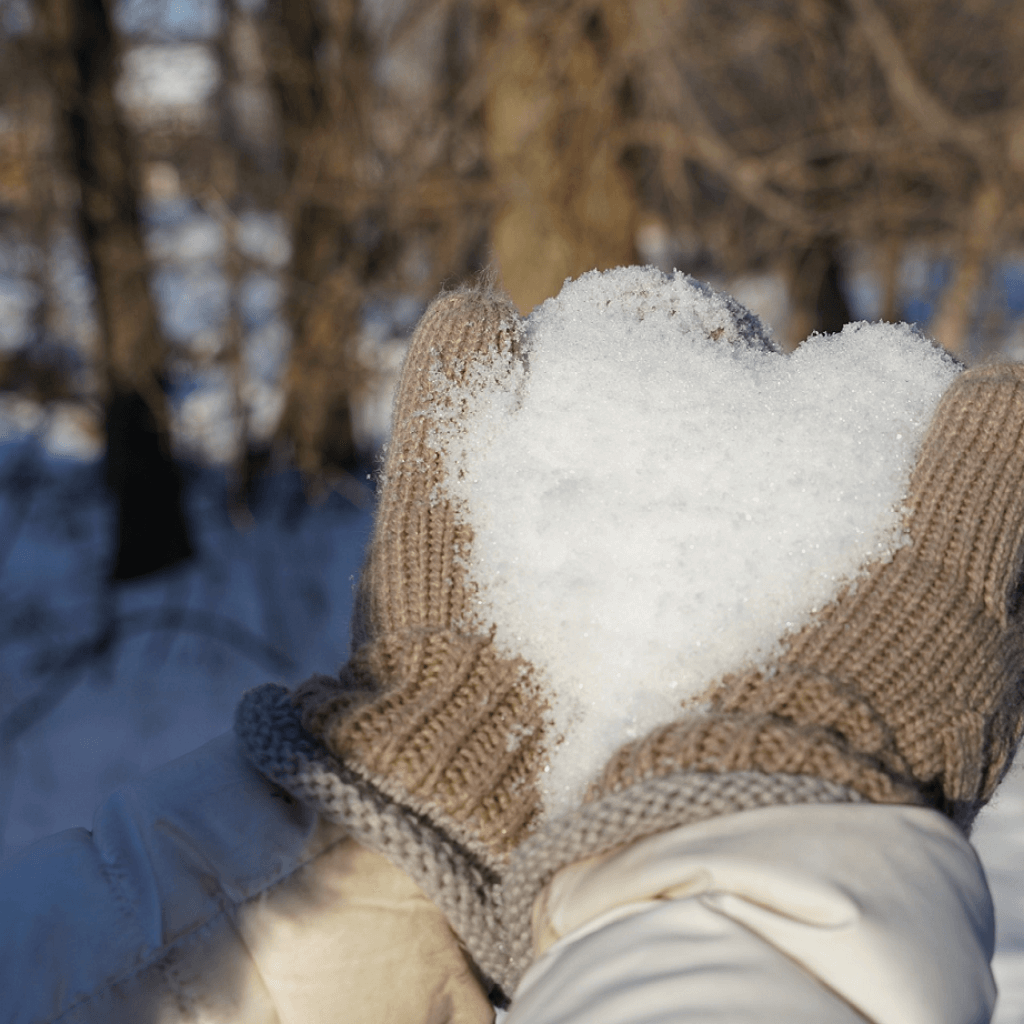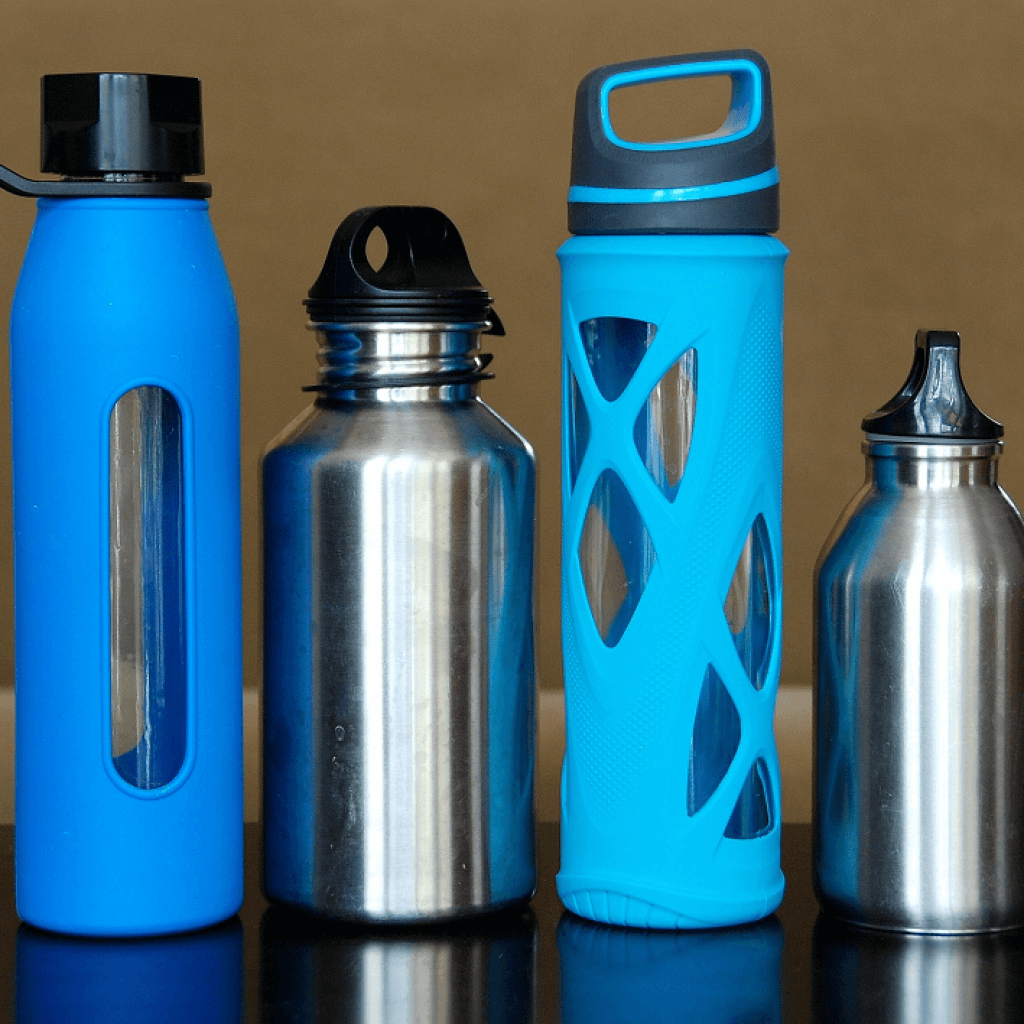Is It Ever Too Cold to Run Outside? (And Tips for Doing so Safely)

Your non-running colleagues may think you’re crazy for running in frigid temps, but to a committed runner that’s just a normal part of life. Because, in Alfred Wainwright’s words, “there’s no such thing as bad weather, only unsuitable clothing”. And besides, how else would you keep up consistency through winter and be ready for that spring marathon? There’s only so much treadmill running one can do without losing one’s marbles, right?

But is Wainright’s words really applicable to all winter’s running conditions? Is it really a good idea to run outside in sub-zero temps? Or is there a point where the risks of such bravery start outweighing the benefits? Here’s what the experts have to say.
Should You Head Outside?
The American College of Sports Medicine (ACSM) states that “exercise can be performed safely in most cold-weather environments without incurring cold-weather injuries”. There is, however, one requirement: The use of a comprehensive risk management strategy. In this regard, the ACSM recommends the following:
- Know the signs, symptoms and risk factors for cold-related conditions such as frostbite, hypothermia and non-freezing cold injuries. Identify those (including yourself) who are susceptible to cold injuries, and keep a very close eye on up-to-date weather info before heading out.
- Select cold-weather clothing and gear based on individual requirements.
- Use the wind-chill temperature index to determine the relative risk of frostbite. Extra care should be taken at wind-chill temperatures below -18 degrees Fahrenheit (or -27°C).
- Individuals with asthma or cardiovascular disease should only exercise in cold environments when closely monitored by a professional.
Ultra-runner, Aliza Lapierre, adds that there are three main factors to consider before heading out: Wind speed, air temperature and moisture. Lapierre feels that carefully weighing up each of these factors, as well as your scheduled workout for the day, should give you a good indication of whether heading outside is a good idea.
And, if you do decide to head outside, these three factors will also guide what you need to wear.

How the Cold Will Affect Your Run
Once you’ve carefully considered these factors and made the call that it’s safe to head outside, what can you expect in terms of running performance? How will sub-zero conditions impact your workout? Consider the following:
- It affects the way your body burns fuel. When running in the cold, the body tends to burn more carbohydrates as fuel and less fat. Most athletes also experience a higher oxygen consumption when running in the cold at all levels of intensity. Which means that your workout will feel harder.
- It limits your explosive power. Explosive power has been found to be limited by the temperature of the muscles. Colder muscles therefore mean less explosive power.
- It may negatively impact your general running performance. At 0 degrees Fahrenheit (-17.78°C), performance has been found to decrease by between 8 and 9 percent. Running in these temperatures will therefore increase the time it takes to cover a specific distance, as well as the effort required to do so.
- It affects hydration. Respiratory fluid loss increases in colder temperatures, while the body’s thirst response is reduced. Which may lead to ingesting less fluids than required.

Tips for Braving the Elements
So what can you do to set yourself up for a sub-zero run that is as pleasant and effective as possible? Lapierre and others recommend the following:
- If you have a tempo run or speed workout on your schedule on a sub-zero day, rather opt inside. Simply logging slow, easy miles, on the other hand, should be fine to do outside.
- Warm up lightly before heading out. Be careful, however, not to work up a sweat.
- Add sports drink to your water bottle to delay its contents from freezing.
- Layer up. And remember to pay particular attention to layers that will keep you dry. Clothes that get wet and then freeze can pose a serious danger to an athlete’s well-being. Ideal layers will include a silk or synthetic base layer, followed by an insulating fleece or wool layer, covered with an outer wind-breaking layer. Also remember your mittens, wool socks and face mask or balaclava in extreme temps.
- Keep all skin covered to minimize the risk of frostbite.
- Invest in Yaktrax or Microspikes for running on icy, slippery surfaces.
- Invest in running shoes with EVA foam cushioning. Why? Lower temperatures tend to decrease the shock absorbing abilities of running shoes. A study has found, however, that EVA foam cushioning was the least impacted of four different cushioning systems tested.
- Invest in running shoes with a sturdy, supportive upper. Porous, mesh uppers tend to let snow and water seep inside, thereby chilling the feet. If shoes with a sturdy upper aren’t an option, insulate mesh uppers with duct tape instead.
- Map out a route that keeps you close to home. In this way, you’ll have easy access to water if your bottles freeze over. You’ll also have an easy option of heading inside to warm up in case of an emergency.
- Avoid running along water bodies. Lack of tree cover along lakes or rivers can increase exposure to frigid winds.
- Take note of the wind’s direction. Start your run off into the wind, and complete it on the downwind.
- Keep it shortish. Stephen Fealy, a runner and sports-medicine physician at New York City’s Hospital for Special Surgery, recommends not running outside for more than 30 minutes in temperatures below zero. Fealy bases this advice on the fact that one’s ability to feel pain decreases in such conditions. Should you therefore sustain a new injury or trigger an old one, you might not be able to feel it and make things worse by continuing to run.
- Be flexible with your training. Head inside immediately if something starts to feel off. Says running coach Matt Johnson: “There’s no shame in taking it indoors or doing something else”. Better safe than sorry!

Tips for Braving the Elements
While running outside in the freezing cold may make you feel even more hard core than usual, remember that the ultimate goal is to live to run another day. So be honest and sensible when making the call whether to head outside or tackle the treadmill. And, when in doubt, always err on the side of caution. Come summer, you’ll be glad you did.
Sources
- , When is the cold too cold?, Online publication
- , How cold is too cold to run?, Online publication
- , Winter advisory, Online publication
- , How cold is too cold to exercise outside?, Online publication
- , Exercising in the cold, Scientific journal
- , American College of Sports Medicine position stand: prevention of cold injuries during exercise, Scientific journal
Latest Articles
 Is Running on a Treadmill Easier Than Running Outside?Runners have their own preferences, whether it is treadmill running, running outside on the road, or exploring trails. So...
Is Running on a Treadmill Easier Than Running Outside?Runners have their own preferences, whether it is treadmill running, running outside on the road, or exploring trails. So... Is It OK to Use Trail Running Shoes on the Road?While trail running shoes can be used on roads, especially in situations where a runner encounters mixed terrains or pref...
Is It OK to Use Trail Running Shoes on the Road?While trail running shoes can be used on roads, especially in situations where a runner encounters mixed terrains or pref... How to Fix Sore Quads After Running?Rest, ice, gentle stretching, and over-the-counter pain relievers can help soothe sore quads after running. Also, ensure ...
How to Fix Sore Quads After Running?Rest, ice, gentle stretching, and over-the-counter pain relievers can help soothe sore quads after running. Also, ensure ... 10 Fruits With The Most Electrolytes to Replace Sports DrinksThese fruits are high in electrolytes such as potassium, magnesium, and calcium, essential for hydration, muscle function...
10 Fruits With The Most Electrolytes to Replace Sports DrinksThese fruits are high in electrolytes such as potassium, magnesium, and calcium, essential for hydration, muscle function...

